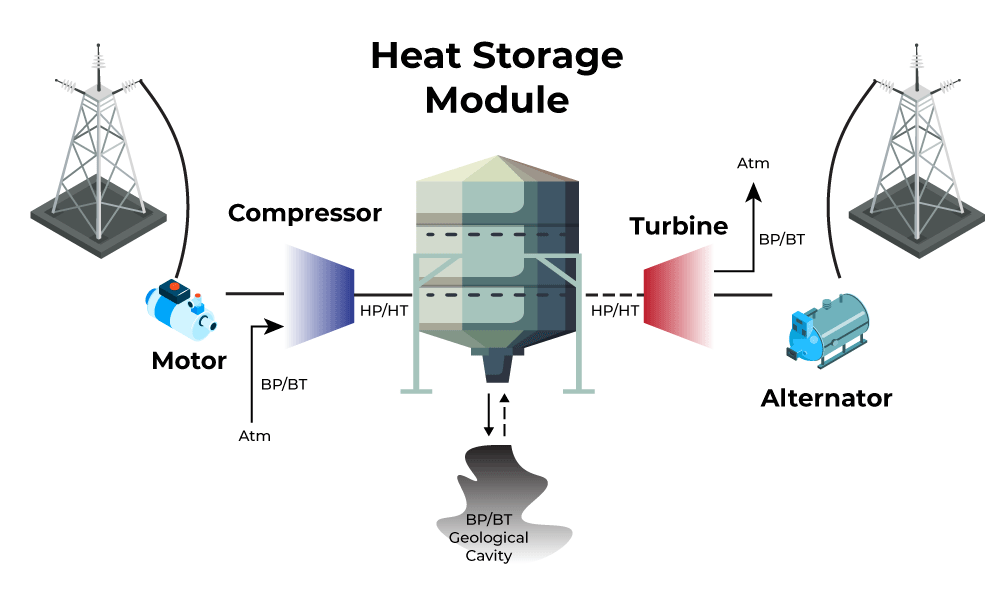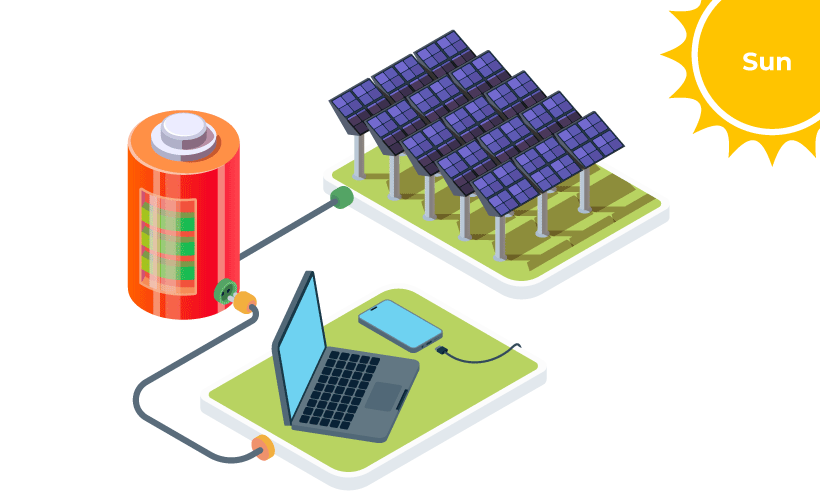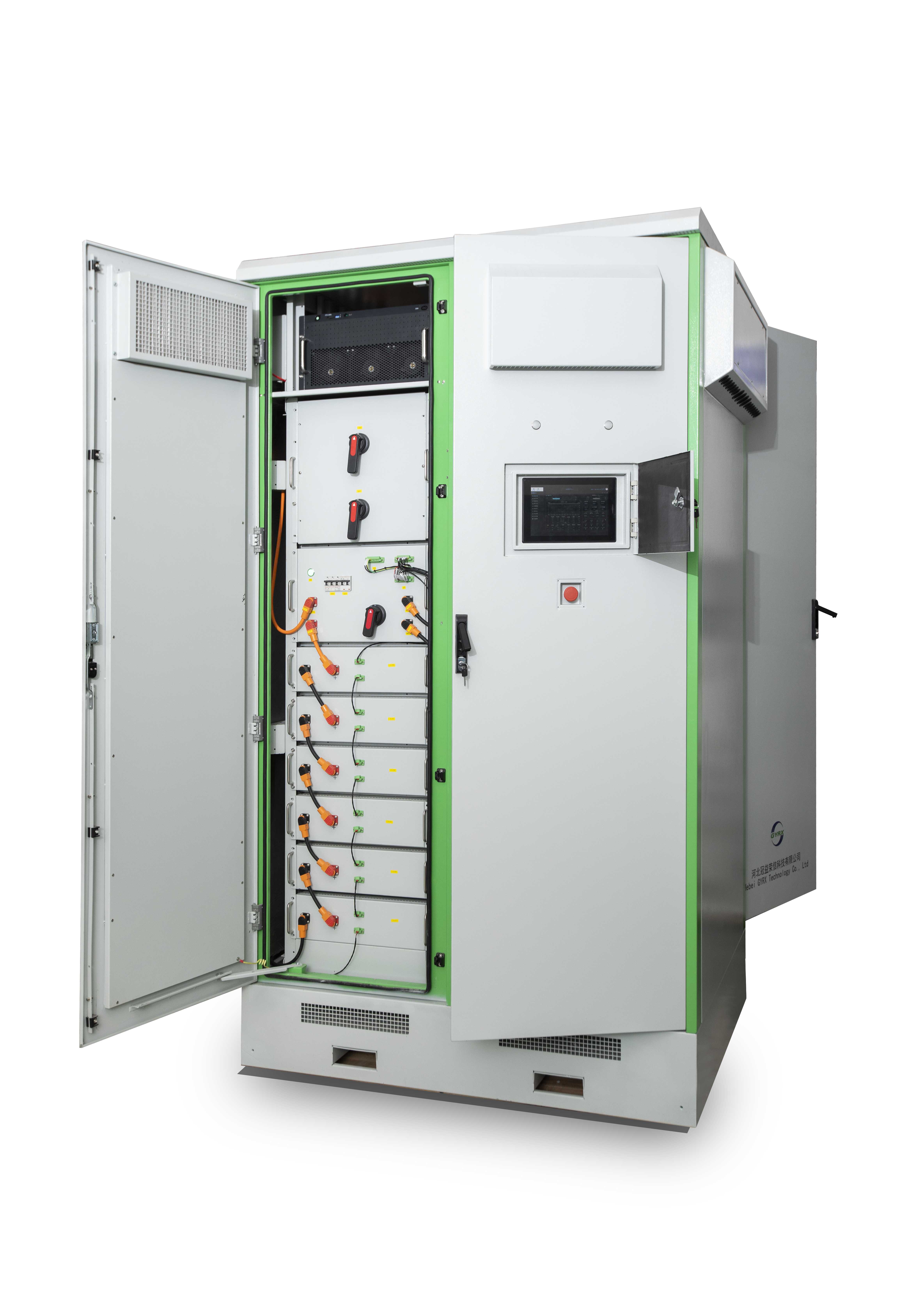
Apr . 23, 2024 11:39 Back to list
What are the Types of Energy Storage? energy storage
Energy storage can be defined as the process in which we store the energy that was produced all at once. This process helps in maintaining the balance of the supply and demand of energy. Energy storage can also be defined as the process of transforming energy that is difficult to store into a form that can be kept affordably for later use. These storages can be of any type according to the shelf-life of energy which means some storages can store energy for a short time and some can for a long time. There are various examples of energy storage including a battery, flywheel, solar panels, etc.
PW-164 Industrial and commercial Energy Storage Cabinet Self-Cooling
What are the Types of Energy Storage?
There are five types of Energy Storage:
- Thermal Energy
- Mechanical Energy
- Chemical Energy
- Electrochemical Energy
- Solar Energy Storage
Thermal Storage
Thermal storage can be defined as the process of storing thermal energy storage. The process of storing thermal energy is to continuously heat and cool down the container (in which we are storing thermal energy). And further, we can use this thermal energy later on from this container. It creates a balance between the demand for energy in daytime and nighttime, winter and summer, etc.
Where is Thermal Energy used?
Thermal Energy is used for the following purposes:
- Water heating
- Cooking
- Thermal power plants
- Automobiles
- Thermal processing of various metals.
Examples of Thermal Energy Storage
Some common examples of Thermal Energy Storage are given below in the article:
Carnot Battery

A Carnot battery first uses thermal energy storage to store electrical energy. And then, during charging of this battery electrical energy is converted into heat and then it is stored as heat. Now, upon discharge, the heat that was previously stored will be converted back into electricity. This is how a Carnot battery works as thermal energy storage.
Applications of Carnot Battery
- These Carnot batteries can be used as grid energy storage as they store extra energy from various renewable sources just to generate electricity for later use.
- Some Carnot battery systems can store heat or cold for later use. For example, district heating and data center cooling.
- In coal-fired power plants, the coal-fueled boiler should be replaced with Carnot batteries as they can transfer to a generation system without using fossil fuels.
STES Energy System

This is seasonal thermal energy storage. Also, can be referred to as interseasonal thermal energy storage. This type of energy storage stores heat or cold over a long period. When this stores the energy, we can use it when we need it.
Application of Seasonal Thermal Energy Storage
Application of Seasonal Thermal Energy Storage systems are
- Greenhouse Heating
- Aquifers use this type of storage
Mechanical Storage
They are the most common energy storage used devices. These types of energy storage usually use kinetic energy to store energy. Here kinetic energy is of two types: gravitational and rotational. These storages work in a complex system that uses air, water, or heat with turbines, compressors, and other machinery. It provides a robust alternative to an electrochemical battery.
Where is Mechanical Energy used?
Mechanical Energy is used in,
- Generator
- Steam engines
- Electric motors
- Hydroelectric power plants
Examples of Mechanical Energy
Examples of Mechanical Energy storage include:
Flywheels

These energy storages use mechanical energy to store energy. In these flywheels, electricity is converted into kinetic energy in the form of a spinning wheel, which can store grid energy. In these flywheels, we can prevent energy loss by creating a magnetic field that will maintain the wheel in a frictionless vacuum. When we need power, the spinning wheel can be slowed down in a way that generates electricity.
Application of Flywheels
There are various applications of flywheels some of the most common are:
- A motorized generator uses a flywheel to store energy.
- Used to increase the speed of electric vehicles
- It prevents obstructions in major power systems
- It helps in the maintenance of the gyroscope and mechanical system adjustments.
Compressed Air Systems Storage

These systems use compressed air to store energy for later use. This storage can be of any type: Diabatic, adiabatic, or isothermal. These storages fulfill the demand of consumers by meeting their demands efficiently.
Application of Compressed Air Systems
The most common application of compressed air systems are:
- Drills
- Atomize paints systems
- Operating air cylinders in automation systems
- Cryogenics system
Pumped Hydro Storage

This type of storage generally helps in storing grid energy. These are used in the balancing of loads by electric power systems. This energy is stored in the form of the gravitational potential energy of water. When electricity demand is low then the extra generation capacity is used to pump water into a higher reservoir from a lower source. When the demand increases, water can be reversed back into the lower source from the higher reservoir by using turbines, generating electricity.
Application of Pumped Hydro Storage
Some important applications of Pumped Hydro Storage include:
- An electricity storage medium for various renewable energy storage.
- Ancillary grid services
- Storing Electricity for other purposes
Chemical Storage
Chemical storage can be defined as storing chemicals for later use. These chemicals can be stored in chemical stores, cabinets, or other storage. These chemicals can be hazardous or non-hazardous. For the current energy generation system, these storages will be in the form of biomass, coal, and gas. Energy stored chemically can be used in various sectors such as transporting, heating, and producing electricity.
Where is Chemical Energy used?
Chemical storage is used for,
- Power plants
- Electric vehicles
- Mobiles
Examples of Chemical Energy Storage
There are various examples of chemical energy storage some of the most common are:
Hydrogen Storage

Storing hydrogen for later consumption is known as hydrogen storage This can be done by using chemical energy storage. These storages can include various mechanical techniques including low temperatures, high pressures, or using chemical compounds that release hydrogen only when necessary. It is most widely used in the manufacturing site, especially in the synthesis of ammonia.
Application of Hydrogen Storage
Some of the important applications of Hydrogen Storage systems are in
- Transportation sector as fuel
- Industrial sector for power supply
- Residential sector for heating
Biofuels

Biofuel storage stores energy from waste. It can be created by plants, and home, commercial and agricultural wastes. Biofuel storage stores renewable energy that can be utilized to produce both heat and power.
Application of Biofuels
Some of the important applications of Biofuels are,
- Water cleaning
- As a lubricant
- Electrical energy generation
- Charging of electrical equipment.
Electrochemical Storage
Electrochemistry is the production of electricity through chemicals. Electrochemical storage refers to the storing of electrochemical energy for later use. This energy storage is used to view high density and power density. The energy in the storage can be used over a long period.
Where is Electrochemical Storage?
- Mobiles
- Computers
- Music players
- Electric vehicles
- Wind-based electricity generation
Examples of Electrochemical Storage
Some Examples of Electrochemical Storage include,
Battery

It consists of a cathode (positive terminal) and anode (negative terminal). Used in portable electronics and automobiles. There are various forms of battery, for example, lithium-ion, lead-acid, nickel-cadmium, etc. Some flow batteries included liquid electrolyte solutions, for example, iron-chromium, zinc-bromine, and vanadium redox.
Application of Battery
Some of the common examples application of batteries include,
- Invertors
- Micro-grids
- Integrated Sensors
Supercapacitor

They are also known as ultracapacitors or electric double-layer capacitors. They come in the category of electrochemical capacitors that lack normal solid dielectrics. These supercapacitors fill the void between the regular capacitor and the rechargeable battery. They have a high energy density of all capacitors. Its charge or discharge cycle is shorter as compared to other capacitors.
Application of Supercapacitor
Some examples of the application of Supercapacitor includes,
- Static random-access memory backup (SRAM)
- Elevators
- Cranes
- Buses
- Trains
- Automobiles
Solar Energy Storage
Storing solar energy for later use is known as solar energy storage. It can be done easily just by using sunlight. It uses no electricity. It just uses the natural source to operate various appliances, vehicles, and many more.
Where is Solar Energy Used?
Solar Energy is mainly used in,
- Batteries
- Cooking Appliances
- Electrical appliances
- Fuels
Examples of Solar Energy Storage
Some of the common examples of Solar Energy Storage system includes,
Solar Fuel Cell

It can be produced through,
- Solar panel electricity (Electrochemistry)
- Artificial photosynthesis (Photobiology)
- Concentrated solar thermal energy (Thermochemistry)
- Photons (Photochemically)
Solar fuels can be manufactured and stored in synthetic compounds ammonia, hydrogen, and hydrazine when there is no sunlight. They are portable or transportable and can be used over a long period.
Application of Solar Fuels
The important application of Solar fuel cell includes,
- Separating water into hydrogen and oxygen.
- For Cooking Food
- Used for the Creation of Clean and Efficient Energy.
Hybrid Solar Storage Systems

This solar storage system stores solar energy for public access. These energy storage systems store energy produced by one or more energy systems. They can be solar or wind turbines to generate energy.
Application of Hybrid Solar Storage Systems
Hybrid Solar Storage Systems are mostly used in,
- Battery
- Invertor
- Smart meter
-
Stackable Battery System: Revolutionizing C&I Energy Storage with Suzhou ACDC
NewsJul.21,2025
-
Revolutionizing EV Charging with Suzhou DC Quick Charging Stations Solutions
NewsJul.21,2025
-
Revolutionize Your Power Needs with Suzhou ACDC's Portable Power Station Solutions
NewsJul.21,2025
-
Outdoor Integrated Temperature Control Cabinet: Elevating Energy Storage Cabinet Efficiency
NewsJul.21,2025
-
Container Type Energy Storage System: Revolutionizing Energy Storage with Stackable Battery Solutions
NewsJul.21,2025
-
Advanced Self-Cooling Energy Storage Cabinet Solutions
NewsJul.21,2025
























